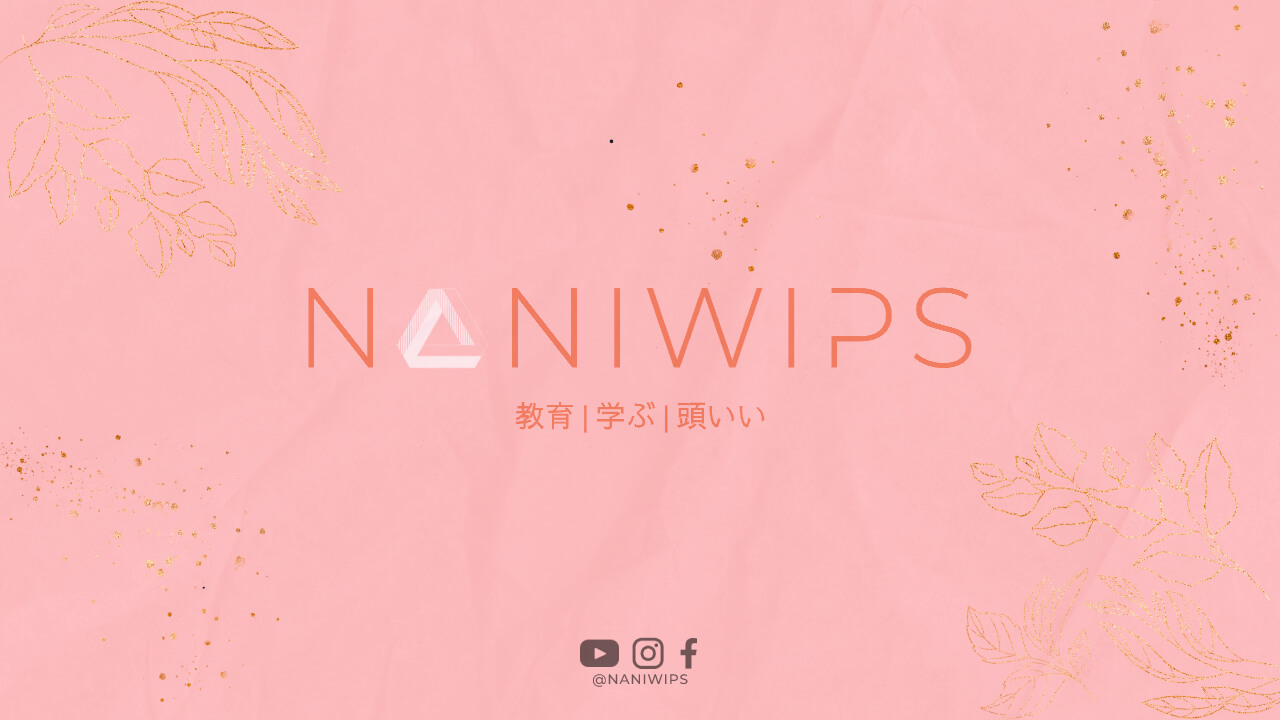Sanma-san and Downtown, two of Japan’s most popular comedians and television personalities, are known for their reluctance to embrace YouTube and other online platforms. Despite the growing popularity of YouTube and the significant audience it offers, these two stars have remained steadfast in their disinterest in the platform. In this article, we explore the reasons behind their aversion to YouTube and what it means for their careers.
The Rise of YouTube in Japan
YouTube has become an increasingly popular platform in Japan, with millions of users regularly watching and sharing content. The platform has become a hub for everything from music videos to comedy skits, and many artists and performers have found success through the platform. However, despite the platform’s popularity, some of Japan’s most recognizable personalities have been slow to embrace it.
Sanma-san’s View on YouTube
Sanma-san, one of Japan’s most beloved comedians, has been vocal about his dislike of YouTube. In a 2015 interview, he stated that he believed YouTube was responsible for the decline in television ratings and that he didn’t understand why people were so interested in watching videos online. He also expressed concern that YouTube was contributing to a shift away from traditional media, which he felt was a negative development.
Downtown’s Take on YouTube
Downtown, the comedy duo made up of Hitoshi Matsumoto and Masatoshi Hamada, have also been hesitant to embrace YouTube. Despite having a strong online presence on social media, they have been reluctant to share their content on YouTube. In a 2017 interview, Matsumoto stated that while he understood the appeal of YouTube, he felt that it was difficult to monetize and that he preferred to create content for traditional media outlets.
The Benefits of YouTube
Despite the reluctance of Sanma-san and Downtown, there are many benefits to using YouTube as a platform. For one, it offers a massive audience of potential viewers, which can help artists and performers reach new fans. It also offers a way to monetize content through advertising and sponsorships, making it a potentially lucrative platform for those who can build a strong following.
The Downsides of YouTube
However, there are also downsides to using YouTube as a platform. For one, the platform’s algorithms can be unpredictable, meaning that it can be difficult to build a following and get noticed. Additionally, the platform’s focus on short-form content can be limiting for those who want to create longer pieces, and the constant influx of new content can make it difficult to stand out.
The Importance of Traditional Media
Despite the rise of online platforms like YouTube, traditional media still plays an important role in Japan. Television, radio, and print media still have a significant audience, and many artists and performers continue to rely on these platforms to reach their fans. For some, like Sanma-san and Downtown, traditional media offers a more stable and predictable way to build a career.
The Future of Online Platforms
While Sanma-san and Downtown may be hesitant to embrace YouTube and other online platforms, it’s clear that these platforms will continue to play an important role in the future of entertainment. As younger generations increasingly turn to online platforms for their media consumption, it’s likely that traditional media will continue to decline in popularity. However, the exact extent of this decline remains to be seen.
Conclusion
Sanma-san and Downtown may be reluctant to embrace YouTube, but the platform remains an important part of the entertainment landscape in Japan. While traditional media still plays a significant role, it’s clear that online platforms like YouTube will continue to grow in importance. Whether or not Sanma-san and Downtown change their minds about YouTube remains to be seen, but for now, they offer an interesting perspective on the evolving media landscape in Japan.



